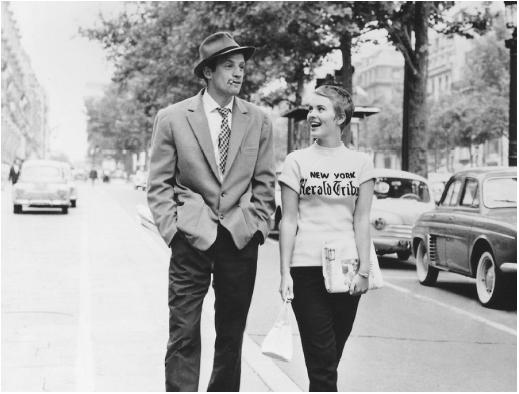The gaming engine
is a very important part of developing a game as it allows you to piece
together aspects which you have designed and created, allowing them to be given
meaning and “life” within the gaming engine.
There are many
different game engines, I have only had experience of using Unreal Editor. For
me, getting used to the game engine was difficult at first because I was not
used to navigating through the level as if it was a first person shooter, I
kept forgetting that the controls were different to 3ds Max. Below are a list
of different gaming engines and information about them;
- Rage Engine – Rage engine has been used in games such as GTA IV and Red Dead Redemption. The original author was Rockstar Games and was initially released in 2006. The platforms include Micorsoft Windows, Playstation 3, wii and xbox 360. This engine can handle large streaming worlds, complex AI arrangements, weather effects, many gameplay styles and fast network coding.
- CryENGINE – Far Cry and Crysis are among other games created with CryENGINE, developed by Crytek. It works with operating systems such as Windows, xbox 360, ps3, wii and android. And has features including Parametric skeletal animation, dynamic pathfinding and a tactical point system. According to Crytek, CryENGINE 3 is next-gen ready and doesn’t need additional support as it can handle it’s own sounds,physics and animations.
- Naughty Dog Game Engine – This engine has been used in Uncharted and Uncharted 2. This engine was designed specifically for the playstation 3. It provides crisp environments and interesting physics.
- EGO Engine – EGO engine has been used in Colin McRae:DiRT, Operation Flashpoint: Dragon Rising and F1 2010. EGO engine is usually used for driving games as it offers a highly playable driving engine across many different terrain types and allows clean details. It has a dynamic damage system, top quality AI and it makes great use of lighting, it is a very flexible engine that can be manipulated into the developers needs.
- Unreal Engine – Used in Deus Ex, Killing Floor, Bioshock and Mirror’s edge. Developed by epic games, first illustrated in the 1998 first person shooter “Unreal”. Unreal favours First person shooter creations, however it has been used for other gaming abilities such as MMORPGs and RPGs. It can be used on a variety of platforms.
- Avalanche Engine – Seen in Just Cause and Just Cause 2. An impressive collection of seamless gameplay, such as swimming and driving. The physics and AI is highly advanced and looks stunning. The visual effects are dramatic and eye-catching which makes this engine appropriate for open-world games.
In conclusion,
engines vary immensely, some are better for effects and some may be better for
environmental reasons. Before making a game you need to make sure you research
the pros and cons of using each specific engine, whether it favours a certain
type, how easy it is to navigate and whether you are able to learn the
programme. It requires a lot of thought as to which engine you choose, as you
want the best result.
 I know I'm not going to sleep tonight! Oh silent hill, you do know how to please the audience!
I know I'm not going to sleep tonight! Oh silent hill, you do know how to please the audience!






















